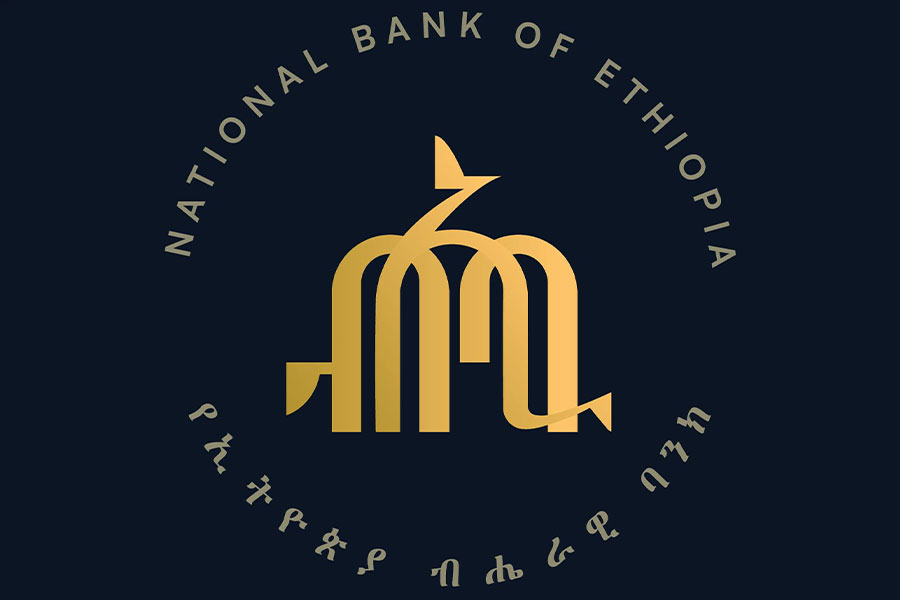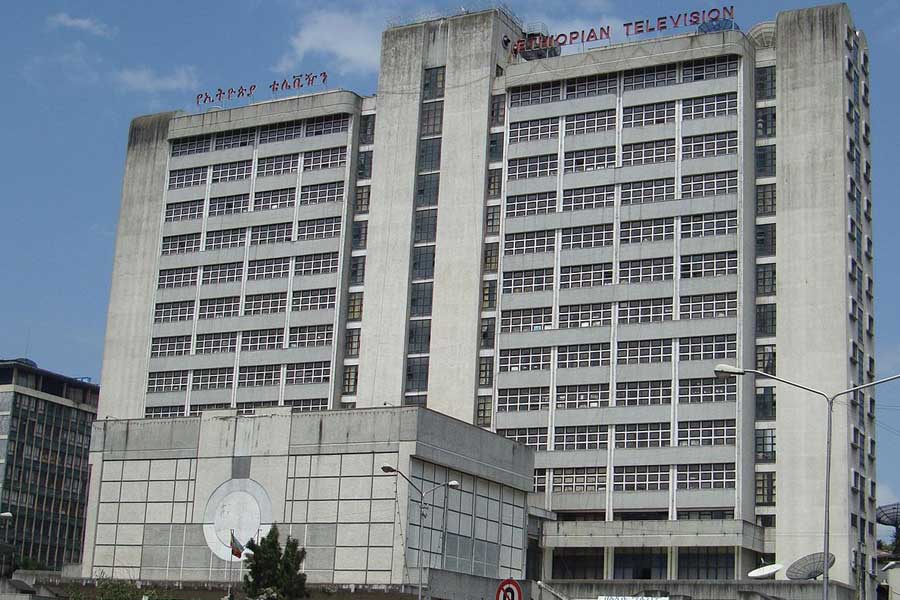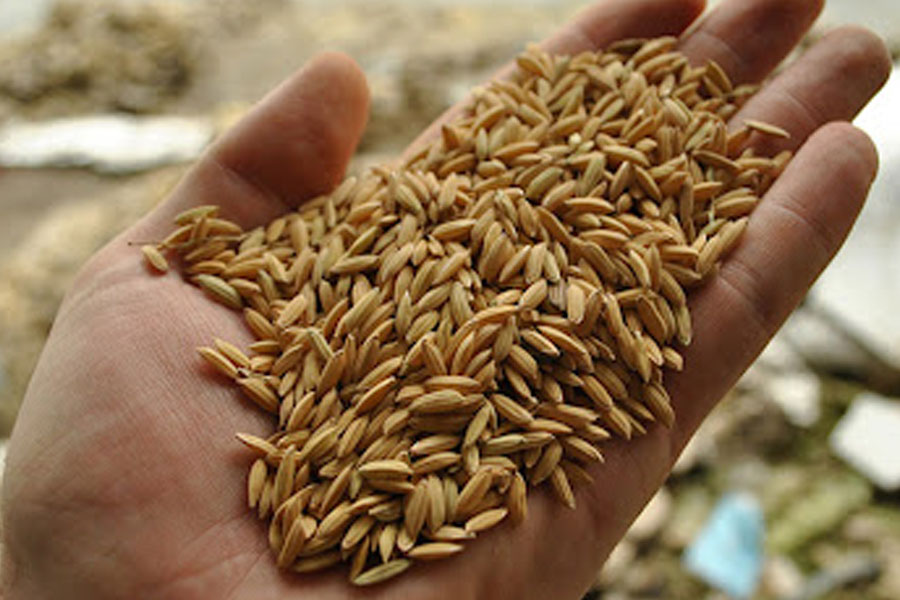
Jul 25 , 2020
By MEHRET OKUBAY ( FORTUNE STAFF WRITER )
Due to the supply disruption and price hike of teff, Tigray Regional State is considering increasing the production and consumption of sorghum in the Regional State.
The Regional State's Agriculture Bureau is working with farmers to switch from sesame to sorghum production. It also aims at partially replacing teffand wheat with sorghum, which is primarily a starch with carbohydrates, proteins and oils based on the variations of the cereal.
The supply disruption due to the spread of Novel Coronavirus (COVID-19), which has restricted movement and market flow, and peace and security issues that have further hindered commodities supplied from outside the region are among the reason for the turn to sorghum, according to Michaele Miruts, public relations director at the Region's Bureau of Agriculture.
"This is being done to protect food security and encourage better nutrition," said Michaele. "High dependency of teffin cities is driving living prices higher."
In the Regional State, a quintal of teffis sold for close to 5,000 Br depending on the variety of the grain.
The Regional State has over 1.3 million hectares of arable land that is mainly covered by sorghum, sesame, wheat and teff. Most of the western part of the Regional State is known for its production of sesame.
Sesame production is extremely labour intensive, according to Michaele.
"It's inconvenient considering the spread of the pandemic, since nearly 25,000 labourers are deployed each year for the harvesting season,” he said. “While the pandemic has brought with it a set of obstacles to our health and the economy, it has also forced us to look into our potential."
Unlike other parts of the country, soil fertility is low in Tigray, so consistent and major production ofteffwould not be environmentally friendly or productive. Much of the agriculturally friendly land in the region is arid land, and sorghum is an important potential crop for the region, according to Michaele.
While sorghum takes up just about 30pc of the arable land, it makes up about 40pc of cereal production in the Regional State. There are five to six types of sorghum varieties in the region.
Before reaching a decision to switch into sorghum production and consumption, the Bureau tried mixing the cereal with teffand wheat in 50/50 and 60/40 combinations.
"We were satisfied with the end results,” said Michaele.
The Bureau also provided this combination to bakeries and is in discussion with food complexes for better processing of the product, according to Michaele.
The administration is currently campaigning to change the dietary consumption in the region through local media, encouraging the residents to use sorghum in combination with other crops.
Sara Tewolde-Berhan (PhD), a lecturer in Meqelle University's Department of Food Science & Post-harvest Technology, supports use of the grain not only for food security issue but also for diet.
The cereal is rich with proteins, vitamins, calcium, iodine, zinc, iron and amino acids, according to the food technologist.
Amanuel Tesfaye, president of the Tigray Commercial Oilseeds & Pulses Producers Association, says that lockdown has slowed down the market, while information on the weather forecast and the market have also been limited due to different factors including the recent internet shutdown.
The sesame market has been less profitable even before the pandemic due to maximum selling prices set by the Ethiopian Commodities Exchange (ECX) in this past year, according to Amanuel.
“It doesn’t put into consideration the overhead cost of production for sesame,” Amanuel said. “We feel government responses to any problem should be well researched and done in consultation with stakeholders.”
Hansa Teklay, an economist and lecturer at Meqelle University, says the jury is out on the sesame market this year.
“It's more expensive than other oilseeds," she said. "When economies are battered, buyers are likely to search for cheaper substitutes."
A farmer can harvest two quintals of sesame a hectare, while the same size of land can yield 40ql of sorghum, according to Hansa.
Hansa also says that ECX is meant to be a platform for traders to exchange products, with the highest bidder taking the product.
“ECX is meant to facilitate better prices for farmers, information asymmetry and market access. If it starts stating prices, it becomes a marketing board,” she said. “Grain markets are the closest thing to a perfectly competitive market, so the sorghum market should be free of interference."
PUBLISHED ON
Jul 25,2020 [ VOL
21 , NO
1056]

Radar | Apr 08,2023

Editorial | Sep 11,2020

Fortune News | May 23,2020

Radar | May 15,2021

Fortune News | Dec 25,2021

Dec 22 , 2024 . By TIZITA SHEWAFERAW
Charged with transforming colossal state-owned enterprises into modern and competitiv...

Aug 18 , 2024 . By AKSAH ITALO
Although predictable Yonas Zerihun's job in the ride-hailing service is not immune to...

Jul 28 , 2024 . By TIZITA SHEWAFERAW
Unhabitual, perhaps too many, Samuel Gebreyohannes, 38, used to occasionally enjoy a couple of beers at breakfast. However, he recently swit...

Jul 13 , 2024 . By AKSAH ITALO
Investors who rely on tractors, trucks, and field vehicles for commuting, transporting commodities, and f...

Nov 1 , 2025
The National Bank of Ethiopia (NBE) issued a statement two weeks ago that appeared to...

Oct 25 , 2025
The regulatory machinery is on overdrive. In only two years, no fewer than 35 new pro...

Oct 18 , 2025
The political establishment, notably the ruling party and its top brass, has become p...

Oct 11 , 2025
Ladislas Farago, a roving Associated Press (AP) correspondent, arrived in Ethiopia in...